

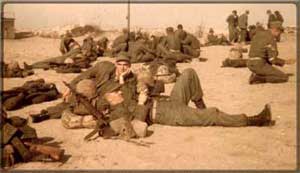
"I'm looking at the camera. The guy flopped on his back is Ken Gorsky - he was from Chicago."
Scott McClellan, H&S 2/7, 65-66 There
is a good book published on the entry of 7th Marines to Vietnam "Utters
Battalion". They were a unique outfit, which we d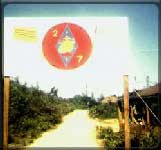 id
not realize at the time. The Vietnam conflict screwed up a plan for the
id
not realize at the time. The Vietnam conflict screwed up a plan for the 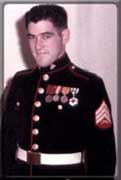 Marine Corps that had only just begun, which would have made the
Marines an even better fighting force. That effort has apparently never been
undertaken again. My only comment on the book - The tour was worse than described.
Marine Corps that had only just begun, which would have made the
Marines an even better fighting force. That effort has apparently never been
undertaken again. My only comment on the book - The tour was worse than described.
We formed as a Regiment/Battalion in 1964 at Las Pulgas at
Camp Pendleton. I arrived in June '64. I was assigned to the Message Center.
Within a couple days Phil Cushman was there, and later Dave Zorn. We had a Cpl.
Bill Hartsock, and Sgt. Rob Robertson was Message Center Chief. The Comm. Chief
was SSgt. R.C. Gilmore, and the CommO was Lt. Alan B. Kehn.
Message Center people were expected to cross-train in the
other communications skills - Radio and wire - so we knew radio procedure, and
how to splice wire and run a switchboard. Beyond that, it was a matter of humping
equipment around. Our communications equipment was antiques from WW II and Korea.
We had Secret clearances which only officers had otherwise. This prevented anyone
from cross-training into Message Center.
We packed up, and got on the ship (USS Pickaway) in San Diego
in May '65 to go to Vietnam. We stopped 2 days in Hawaii and about 8 days
in Okinawa, to arrive in Qui Nhon, Vietnam on July 7th.
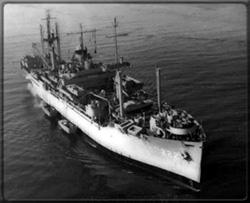
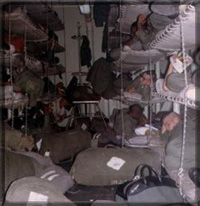
We spent about
2 weeks on the beach getting organized to move inland to provide a perimet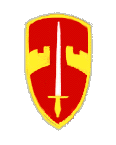 er defense for the city, and for the Army Tropospheric
Communications site that was there with HQ MACV (an Army command).
er defense for the city, and for the Army Tropospheric
Communications site that was there with HQ MACV (an Army command).
We moved the Headquarters into a valley outside the city,
and the infantry companies were deployed along an 88-mile TAOR (Tactical Area
of Resistance). Our reinforced battalion was about 1500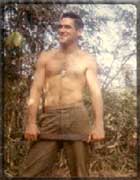 men, so we were stretched pretty thin. Water was a premium,
at least potable water. It was two months before we got a shower.
men, so we were stretched pretty thin. Water was a premium,
at least potable water. It was two months before we got a shower.
The infantry units had to be supplied with water in 5 gallon
cans by helo. It was routinely 110 degrees all day long. We had the old cotton
utility uniforms so they never dried out, and pretty much rotted off our backs.
Early on, we killed
more Marines than VC. When we moved into the hills, Sgt. Robertson jumped off
a truck and snagged his wedding ring on the way down, tearing off his finger.
Mixed feelings on that, but mostly we were glad to be rid of h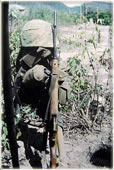 im for a while. He came back about 6 weeks later. Apparently
it was a very painful thing for he had been on morphine a long time. He was
overweight to begin with, and had really ballooned up while incapacitated.
im for a while. He came back about 6 weeks later. Apparently
it was a very painful thing for he had been on morphine a long time. He was
overweight to begin with, and had really ballooned up while incapacitated.
We were a detached Marine BLT under Army command. I don't
know who was supposed to feed us, but we got 2 C-ration meals a day from June
to about October. There were 12 "different" meals, and we ate rations
from about 1953 to 1962 as I remember the cartons. We got real tired of them!
In October the "Mess hall" cooks started cooking K-rations for us.
Besides being terrible, the Helo pad was about 100 yards from the mess tent,
so most of the food had a ton of dust cooked in.
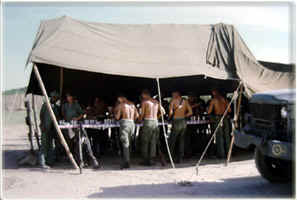
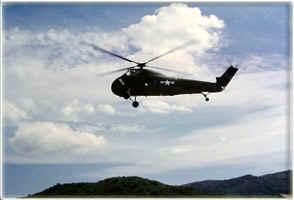
In October, the monsoon started. We were living in whatever we could throw together for tentage, and most guys were sleeping on the ground with rubber air mattresses. We had people float right out of their tents when the rain started. We had to move out of the valley with about 2 to 3 feet of water running through it. After that, we never got dry.
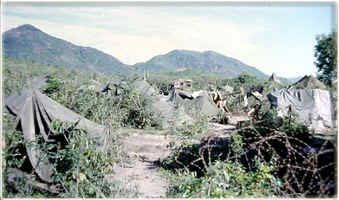
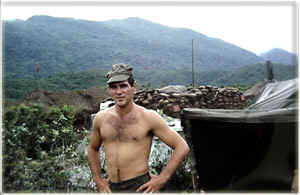
In
November, we packed up and moved to Chu Lai by ship. The Navy, apparently knowing
our condition, served steak in the mess for everyone. We were, literally, animals.
I remember the sailors watching us as we ate with their eyes popped open. I'm
sure we were a sight.
We moved to perimeter defense for the airfield at Chu Lai.
Several of our radiomen had been killed by now, so Message Center guys were
put in their place on operations. We found out why they got killed... The radio
with its battery weighed about 50 pounds, with the rest of one's kit you were
carrying about 90 pounds - nothing agile about that. Also, there was a 12-foot
whip antenna. Needless to say, you got shot at a lot, and there was no way to
duck.
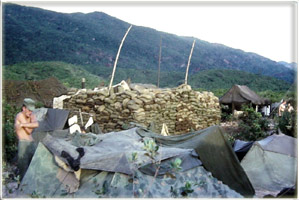
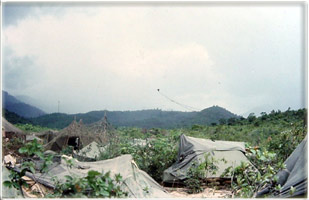
I will
say that this was not a fun tour, but it was certainly memorable. And I will
never forget the guys that were there; they are more than brothers.
Phil, Dave and I flew home on the same plane in August '66.
Many of the boys we went with did not come back.
All the best, Scott
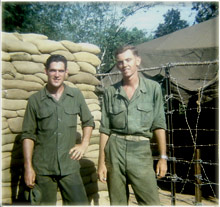
Scott and Phil (right)
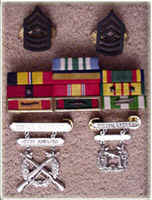
"Tombstone,"
a note I made while thinking about the war in about '75
(click picture to enlarge)
![]()
To view the picture of Qui Nhon Valley,
click on small picture to enlarge.
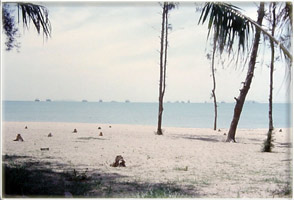
Qui Nhon Harbor
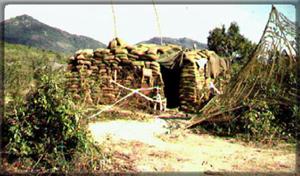
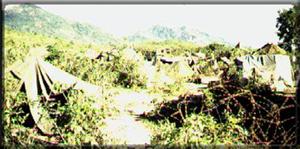
Message Center at Qui Nhon '65
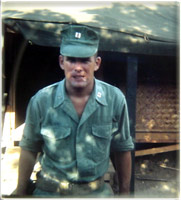
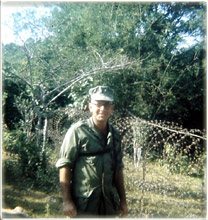
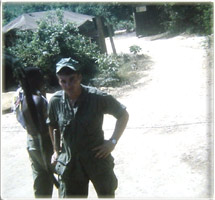
Capt. Kehn (left), Top Bauchmann, Russ Berg
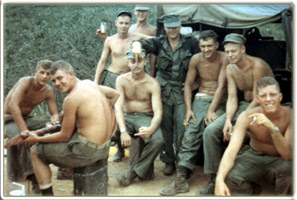
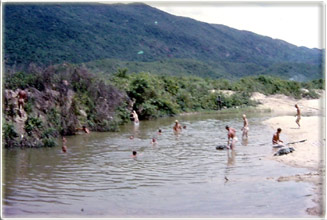
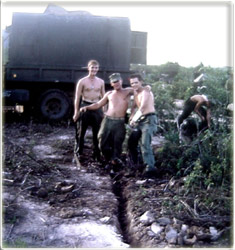
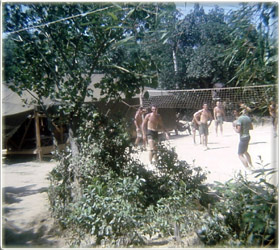
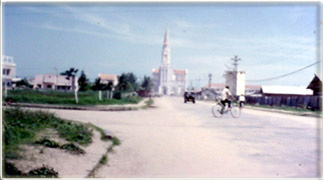
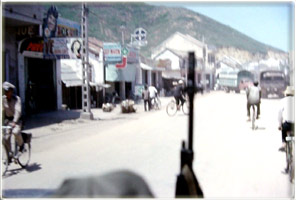
Church (left) and downtown Qui Nhon
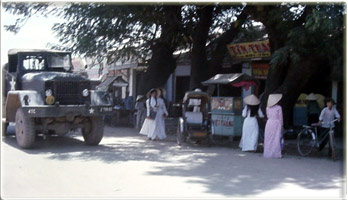
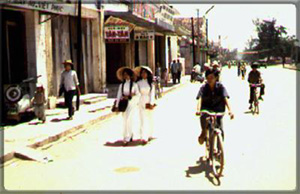
College girls
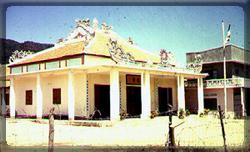
Government office
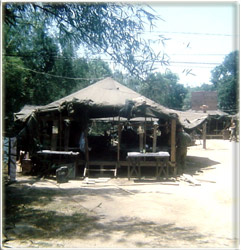
Home, Chu Lai '66
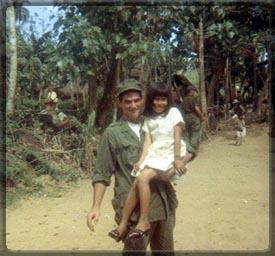
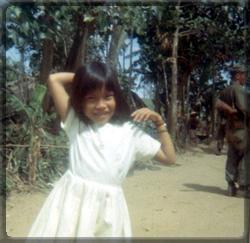
A Vietnamese girl named Nyugen E-Hoa I almost adopted in Chu Lai '66
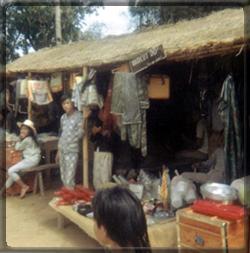
Village of Chu Lai, 1966
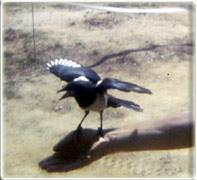
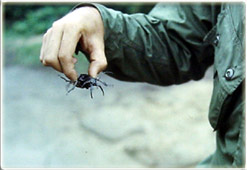
"Sam" (left) and Rhino Beetle (right)
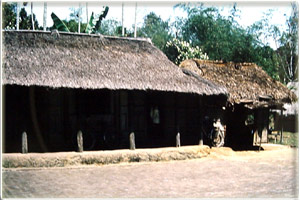
Viet House
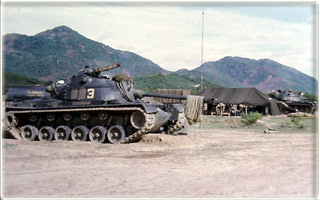
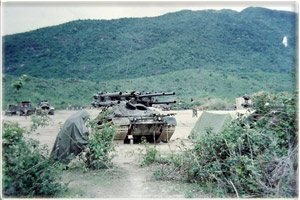
Tanks and Ontos (amphibious tank in right picture)

Volleyball
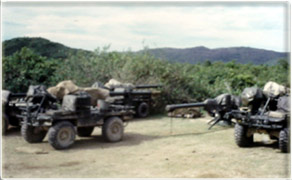
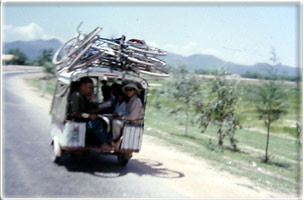
106 Mule (left) and Lambretta (right)
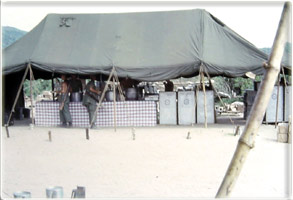
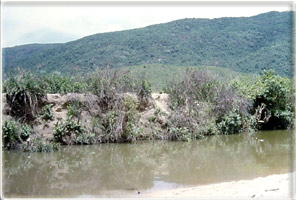
Chow Line (left) and Drinking Water
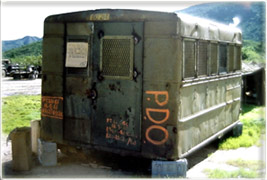
PX